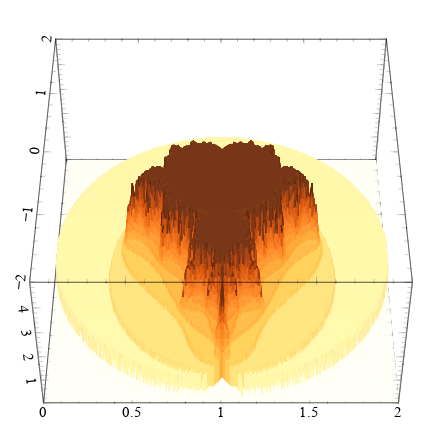
My study includes one between-subject variable with 2 levels (Group 1 and 2) and three within-subject variables (Emotions with 3 levels, Stimuli Modality with 2 Levels, and Intensity with 2 levels). I hope I can clearly articulate my stats woes! I am having difficulty interpreting findings related to a significant three-way interaction. More intense level fluctuations along the line of sea level inclination, synchronized with changes in the angular velocity of the Earth's rotation, confirm this? It is known that in the Black Sea the level is inclined from east to west by 25 meters (perhaps this is due to the rotation of the Earth around its axis from to the east and the accumulation of water by inertia off the coast of Bulgaria).
The maxima of the semi-annual harmonic coincide with the maxima of the angular velocity of the Earth's rotation. But for a semi-annual cycle (184 days on the graph), the amplitude along the latitude is 2 times higher than along the longitude. We noticed that the amplitude of the annual cycle (367 days on the graph) is the same for all points on the sea surface.

It has been established that in the Black Sea the level changes in annual and semi-annual cycles. Оn the upper graph, the level measurement points are located along the Odessa-Istanbul line, and on the lower graph along the Varna-Poti line.
#Veusz dual axis series#
The slide shows the amplitude spectra of sea level time series according to satellite altimeter data. But they use scores obtained within the specific football league. For instance, Something similar is done when they compare teams in different European football leagues (communities) since they have to form "qualification groups" for the final part of the Champions league (across communities). I have been searching for papers dealing with those types of conceptualisation or applications on modular networks but I haven't found very much on this issue. This is a simple idea and, for sure, not the unique idea. For instance, you can compare nodes in different communities only if they have earned the same rank in their different communities. When you aggregate rankings obtained within different communities, you can use for instance "primus inter pares" style. For instance, a generic ranking can be obtained as an aggregate form of rankings locally obtained within each community (using some centrality measures).

My curiosity is the following: There are papers dealing with the problem of ranking nodes across communities. The majority of research is about detection of communities. As you know, the number of papers devoted to modular networks (networks with communities or partitioned networks) is increasing. I have a very generic question, more prone to be a discussion.


 0 kommentar(er)
0 kommentar(er)
